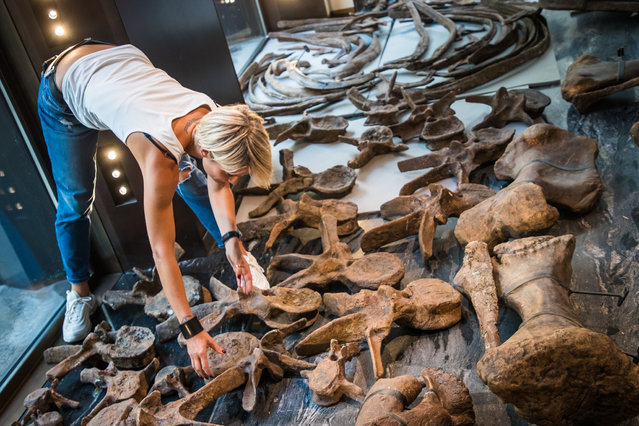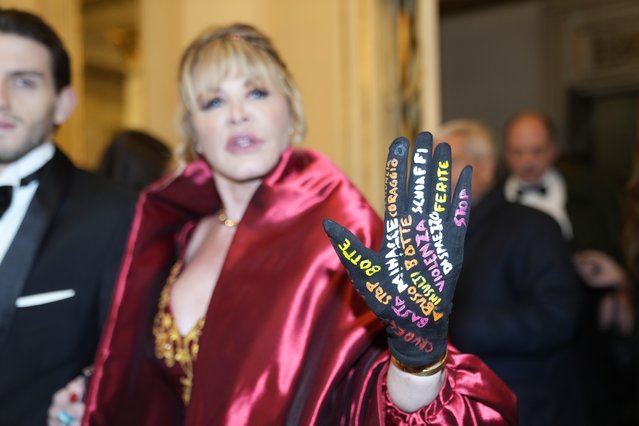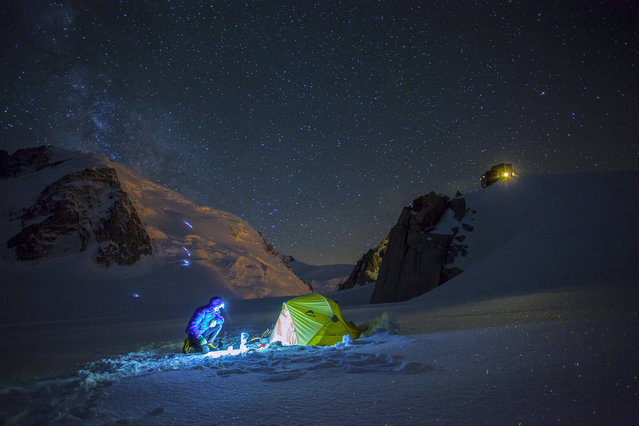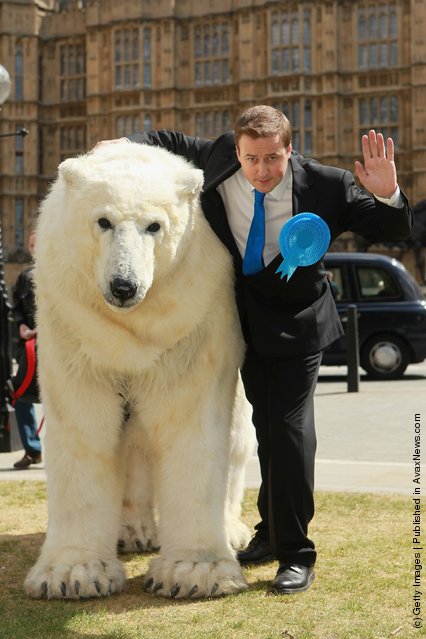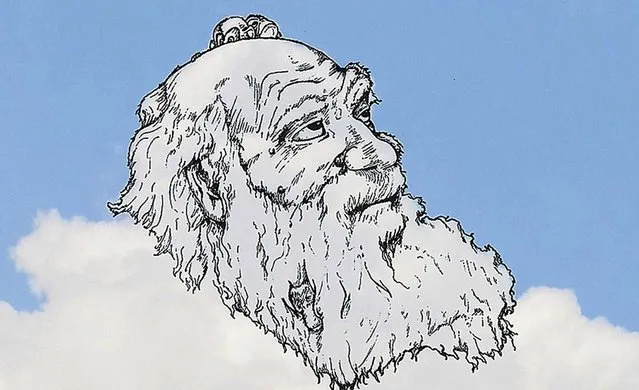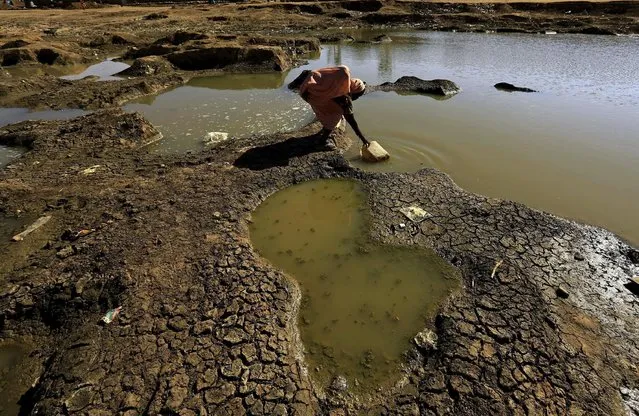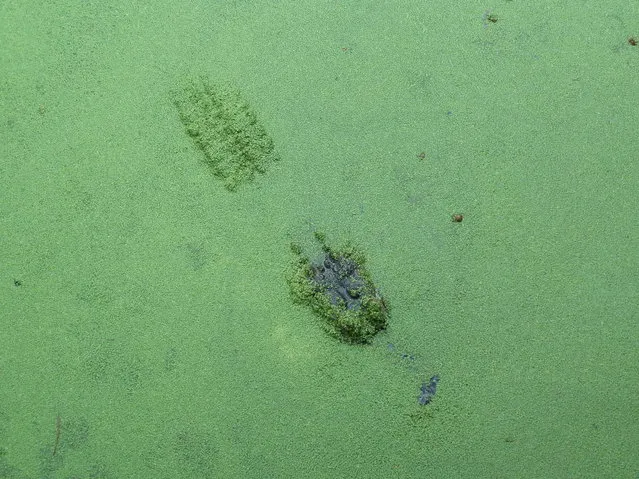
There are a number of swamps in Louisiana. Lake Martin is one of them. Swamplands are marshes with different kinds of shrubs and trees. Louisiana Swamplands have different kinds of animals, including the American Alligator and the American Black Bear. Swamplands are usually located on the plains of humid states or countries. Louisiana is not the only home to great swamplands; other flat states with humid enough climates may also house them. One way to find swamplands is to follow the alligator population.
13 Dec 2013 11:51:00,post received
0 comments

